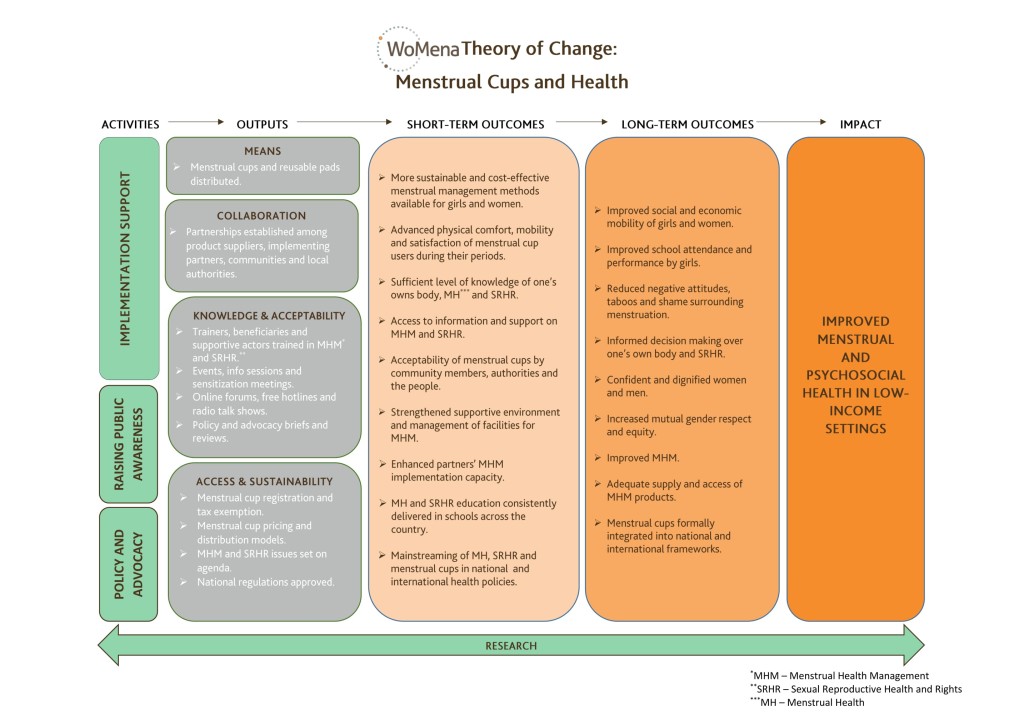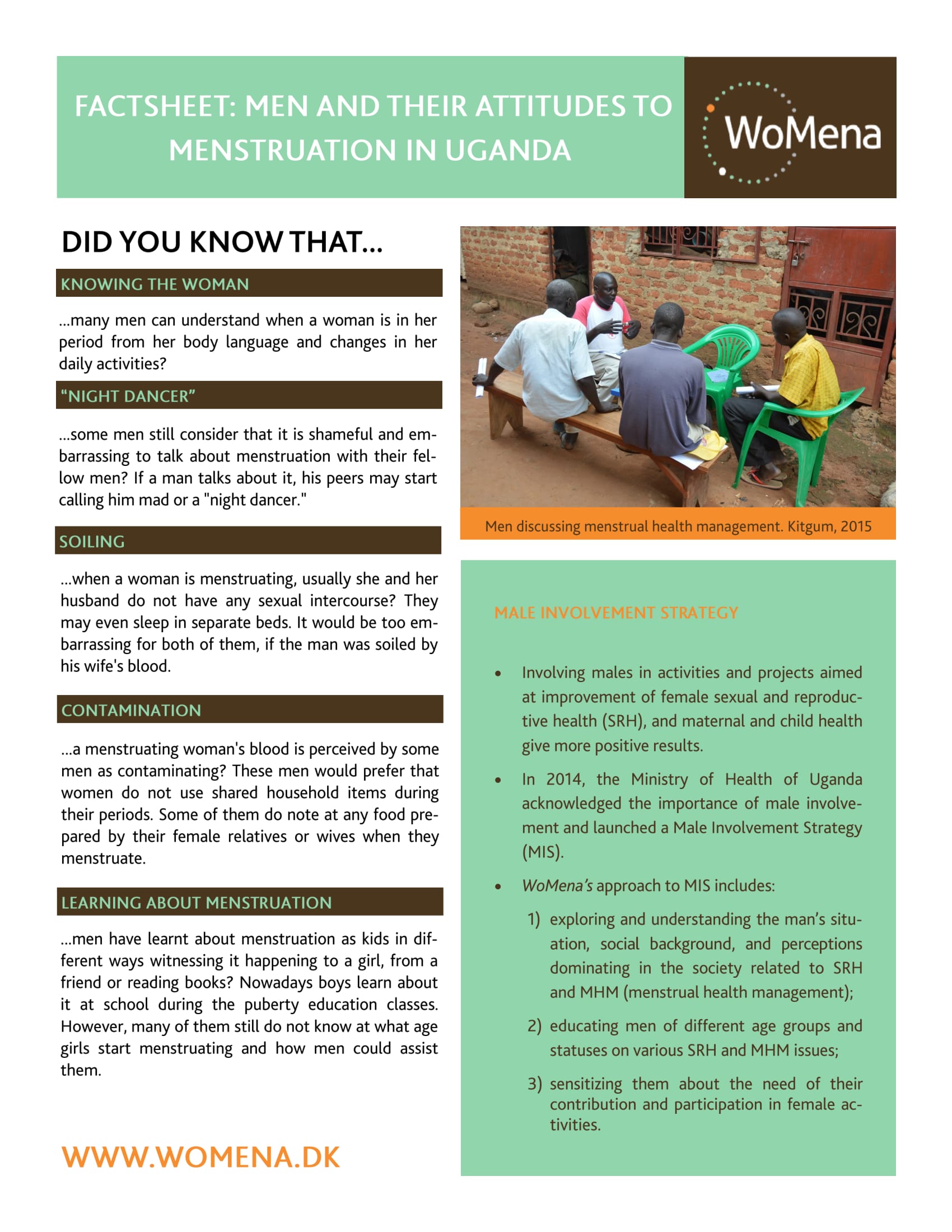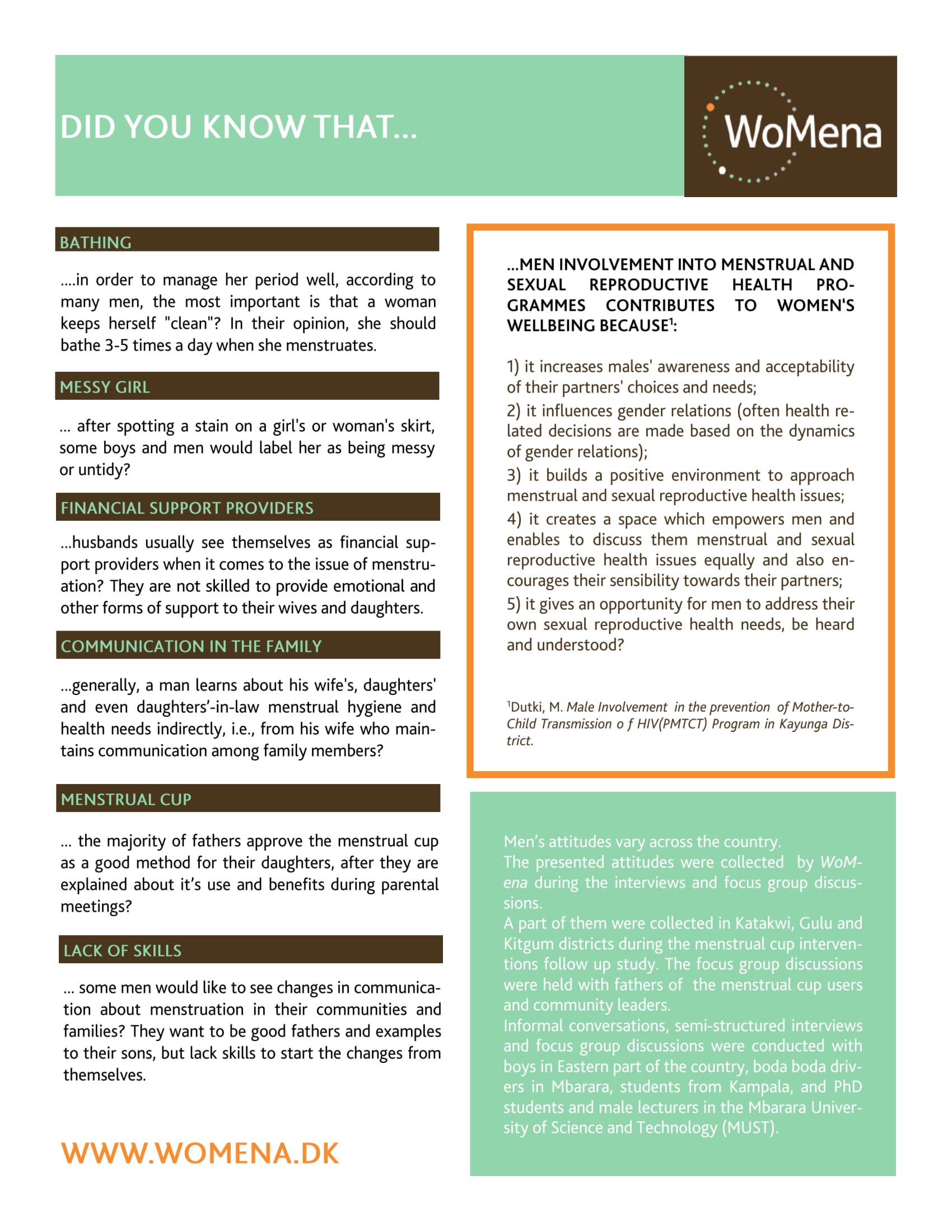Goals, strategies & policies
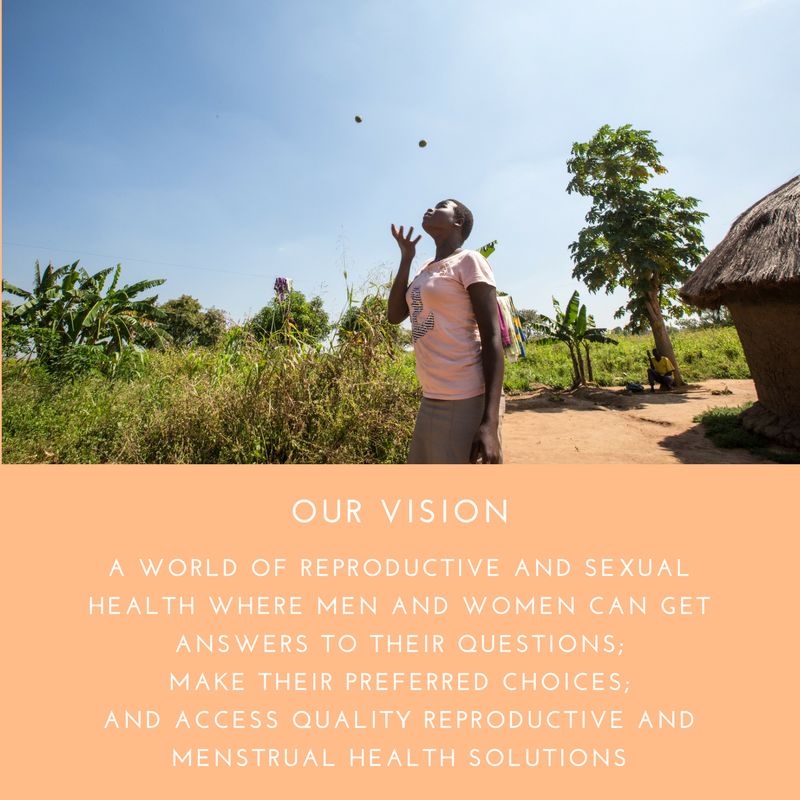
Our approach
WoMena’s work is committed to making reproductive health innovations widely accessible. This refers both to ‘hardware’ (e.g. products) and ‘software’ (e.g. new knowledge, action). At this stage, we have particularly worked with menstrual health innovations.
Innovation often includes both hardware (e.g. products such as menstrual cups) but also software (reduction in feelings of shame, improved knowledge*). This is especially so in a field such as reproductive health, which is sensitive. Within that, menstruation is surrounded by many taboos. A product such as a menstrual cup may be particularly challenging, since it involves touching yourself. That is, we need to go beyond simple distribution of hardware, which is why one of our most cherished tools is training.
There is increasing agreement that this is so. A decade ago, adequate ‘menstrual hygiene’ was seen only in terms of providing menstrual products and WASH. More recently,there is acknowledgement that we need to see the topic more broadly (not only ‘hygiene’ but ‘health) and that adequate menstrual health management includes not only hardware (products, water, sanitation) but also hygiene education of the individual menstruator, but her surroundings, and beyond that, positive social norms and policy.
MENSTRUAL HEALTH: Our approach is that menstrual health is part of sexual and reproductive health, where we build on the WHO definition of health: a state of complete physical, mental and social well-being.
SOCIAL NORMS: As for many other areas of reproductive health, this entails that we need to build on and facilitate positive social norms. Menstruation is surrounded by shame, and shame does not only exist in the mind of the person who menstruates, it exists in the surrounding society. We use the ‘ecological model’ also used by WHO to visualize this. We work at all these levels, and also at international level. We are particularly aware of the importance of male engagement, as has been found true for all reproductive health, which is illustrated in our male engagement strategy below.
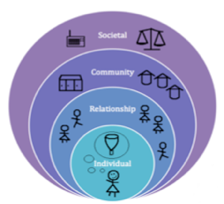
Source: The Social-Ecological Model. Dahlberg & Krug
EVIDENCE: WoMena is committed to working with evidence at 3 levels, to be:
- Evidence based (assembling global knowledge about menstruation to inform our activities)
- Evidence generating (documenting and sharing our work, to contribute to the global knowledge base)
- Evidence mobilizing (using the evidence for awareness and advocacy, both internally and externally
PARTNERSHIPS: Womena works closely with partners. As a small, specialized NGO, we find our work more effective if we can complement what others ar doing, also building capacity where appropriate.
SOCIAL, FINANCIAL AND ENVIRONMENTAL SUSTAINABILITY: WoMena is a pilot programme, and a such, is committed to helping develop models which are sustainable and scalable. We do this at two levels:
- In our pilot projects, we help develop local capacity to continue the activities, both through software (knowledge, skills, positive norms) and access to reusable products (particularly menstrual cups, but also reusable pads)
- Through our partnership and advocacy, we contribute to mainstreaming our experience. We strive to undertake the projects in a wide variety of settings, in order to arrive at proof of concept, with wide acceptance.
Also, menstrual cups are an eco-friendly, sustainable solution. Many studies confirm this, with one study estimating that ‘the impacts of the reusable menstrual cup used for one year were less than 1.5% of the environmental impacts of disposable products’ (Zero waste Scotland 2019; Hait et al., 2020; Vilabrille Paz et al., 2020; Richter et al., 2022). UNEP, the UN environment programme, concludes that ‘menstrual cups are a clear choice for consumers and policy makers’ (UNEP, 2021).
Spend 11 seconds looking at this training session that captures our approach, full of social well-being, male engagement and partnership (AFRIpads).
This is our vision: young girls jumping, like Masai warriors, showing their strength and well-being.
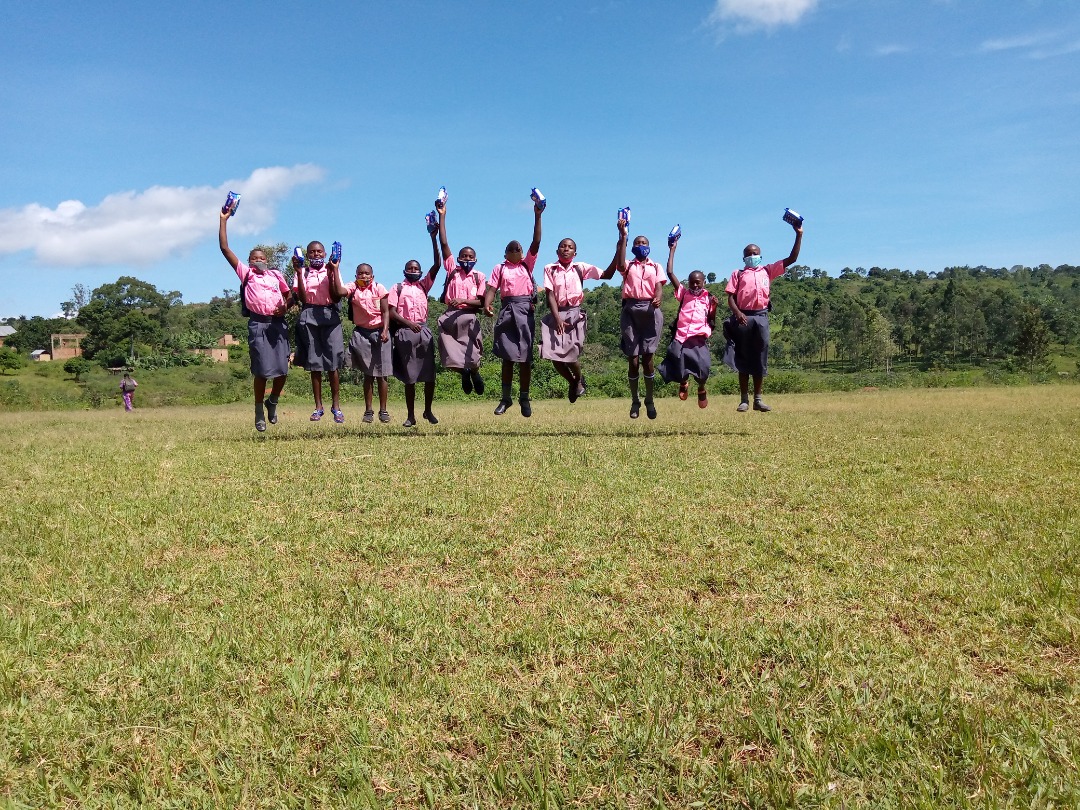
Key elements to Menstrual Health Programmes
WoMena has identified nine points to be the key elements to any Menstrual Health Programmes.
1. Being prepared for/understanding:
- Puberty & body changes
- Menstruation & menstrual cycle (incl. how to monitor)
- Link to other SRHR education
2. Menstrual management methods (access, choice & knowing how to use them)
3. Menstrual hygiene
4. Dysmenorrhea:
- Menstrual cramps & pain management
5. Nutrition during menstruation
6. Having access to the following when changing/cleaning:
- Water & sanitation facilities
- Privacy
7. Method disposal (where relevant for the method)
8. Community support & addressing stigma (community & male involvement)
9. Local & national advocacy
Male Involvement Strategy
Involving males in activities and projects aimed at improvement of female sexual and reproductive health (SRH), and maternal and child health give more positive results.
In 2014, the Ministry of Health of Uganda acknowledged the importance of male involvement and launched a Male Involvement Strategy (MIS).
WoMena’s approach to MIS includes:
- Exploring and understanding the man’s situation, social background, and perceptions dominating in the society related to SRH and MHM (Menstrual Hygiene Management);
- Educating men of different age groups and statuses on various SRH and MHM issues;
- Sensitising them about the need of their contribution and participation in female activities.
Download WoMena’s Male Involvement Strategy Fact Sheet (MIS) (pdf)
10 PRACTICAL MALE INVOLVEMENT STRATEGIES
- Create mottos for boys and men
- Prepare fathers for a menstrual emergency
- Discuss the significance of fathers’ role during a child’s puberty
- Discuss male misconceptions about menstruation
- Utilize spaces used or accessed by men
- Male ambassadors & role models
- Share facts on MHM important to males
- Share female perspectives with males
- Add locally-specific male interest topics to the training
- Positively engage with negative attitudes

